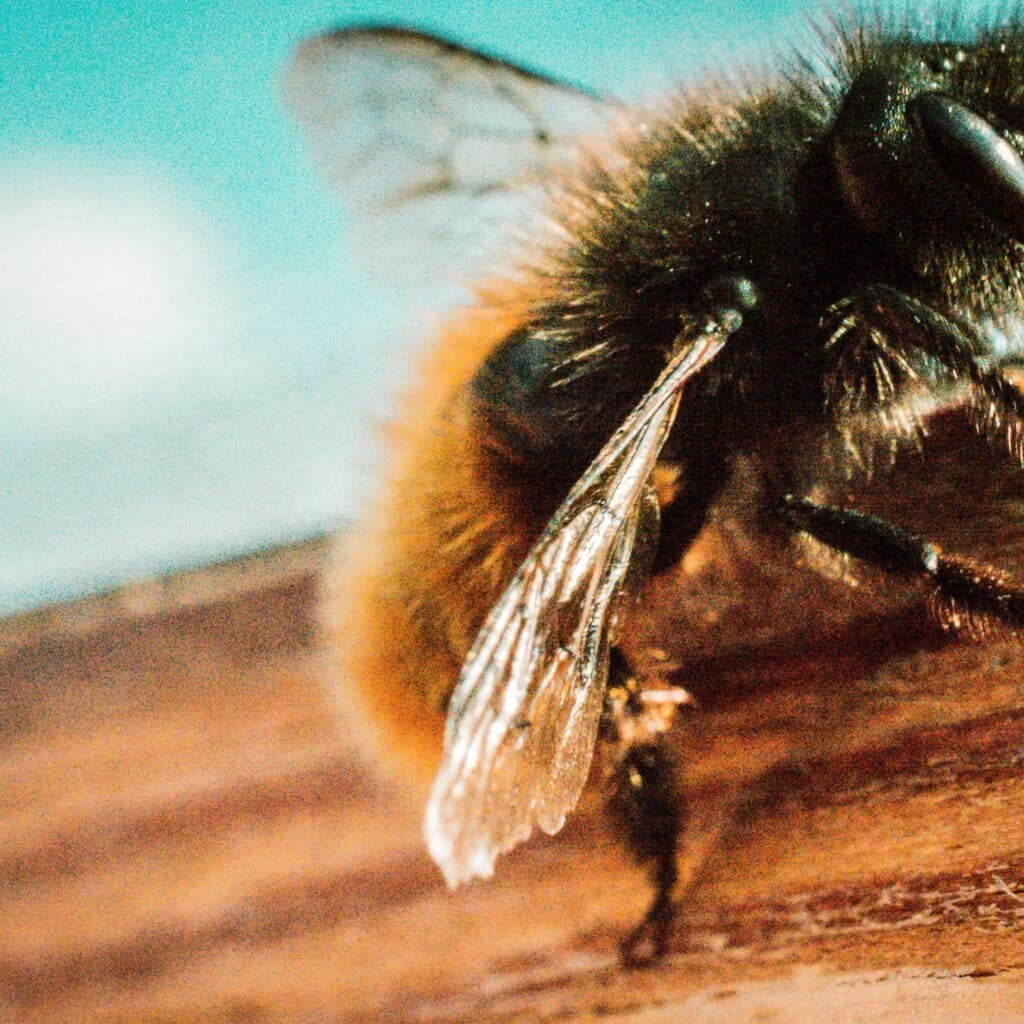Busy as a Bee: The Buzz about Bees

They’re the original architects of agriculture, the champions of pollination, and the undisputed masters of honey production. Yes, we’re talking about bees, those remarkable insects that have captivated and fascinated humans for centuries. Bees live in a world of complex social structures while playing a vital ecological role. Let’s grab our metaphorical beekeeper suit and […]
